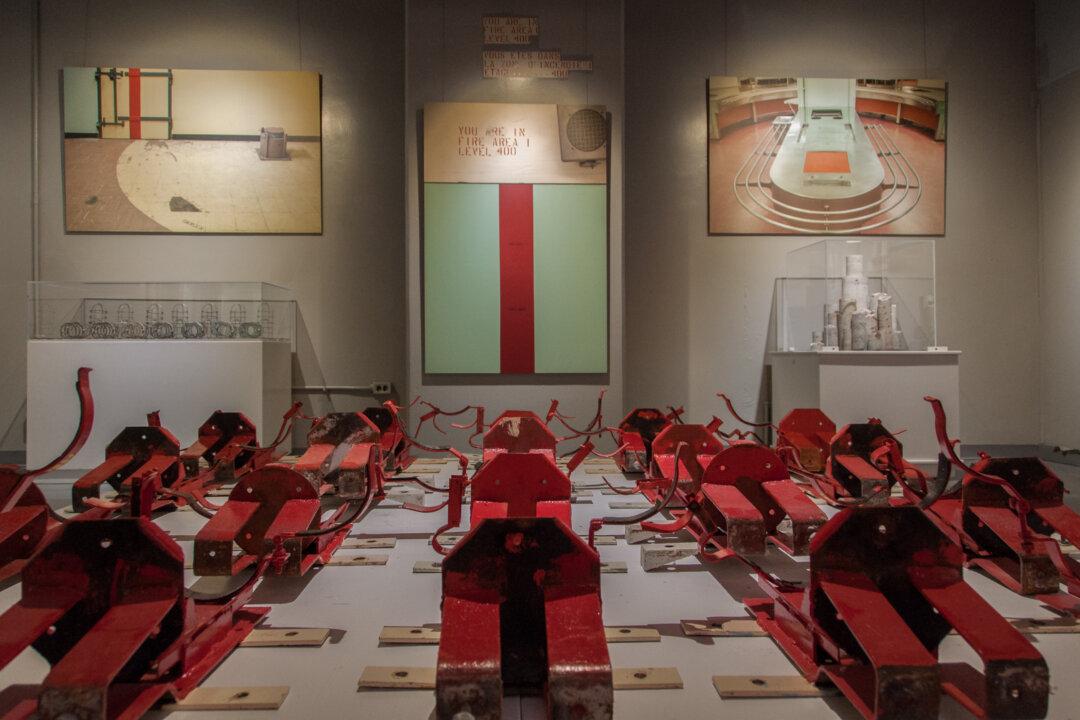At the end of summer, the intense greens of carefully tended gardens, deciduous trees, and cultivated grounds are evident everywhere in Ottawa. Artists have long taken notice of such colours and dappled lights in the landscape.
Those very same greens, the ones that emerge at the end of summer, can be seen in an exhibition titled Hidden Gems at Cube Gallery on Wellington St.
Hidden Gems is an exhibition of work by an informal group of Ottawa area artists who, for 25 years, have been meeting to paint out-of-doors en plein air. Their medium is oil or acrylic on canvas. Most of their canvases are small—just the size to carry in a backpack on a bicycle.
The six artists in this year’s exhibition are Jay Anderson, John Jarrett, Strachan Johnston, Pina Manoni-Rennick, Paul Schibli, and Karl Schutt. The work selected is of quiet vignettes located in city parks, streets, neighbourhoods, and along the banks of Ottawa’s rivers and canal. Addresses and locations are given for all.
The exhibition continues until Aug. 30. Admission is free.
Several other outdoor art exhibitions are taking place outside the city.
Skelly Gallery
Skelly Gallery, an hour east of Ottawa in the village of St. Eugene, is located beside a river with old growth trees surrounding and as such is perfectly sited to display outdoor sculpture. For the last three years, a group of artists have built work to nestle among trees, in branches, and beside the roots and rocks of the earth.
This year, the work of 18 artists is on display outdoors on the gallery’s grounds, which are a indeed fairytale land. The wooded glade invites children to find tracings of elves or fairies among the trees. Nearby is a wonderful bench sculpted by Elisabeth Skelly. Susan Jephcott’s carousel and Nik Schnell’s “Red Riding Hood” are both examples of work that prompt storytelling.





